
Is there scientific proof that growing on mineral wool is more efficient in use of fertilizers than in soil or in organic substrates?
Continue reading Grodan new whitepaper on mineral wool efficiency

Continue reading Grodan new whitepaper on mineral wool efficiency
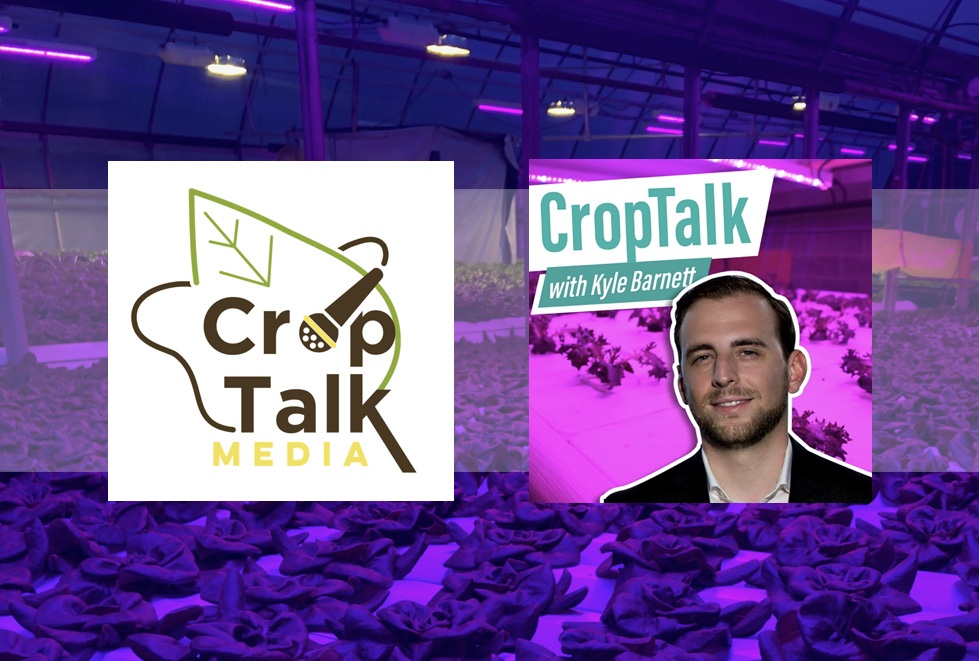
In this two-part episode of the CropTalk series, #KyleTalksAgTech, Kyle Barnett speaks with Robert Spivock, Director of Technology at GE Current about what makes an LED horticulture light truly reliable, using cars as a reference point for the listeners.
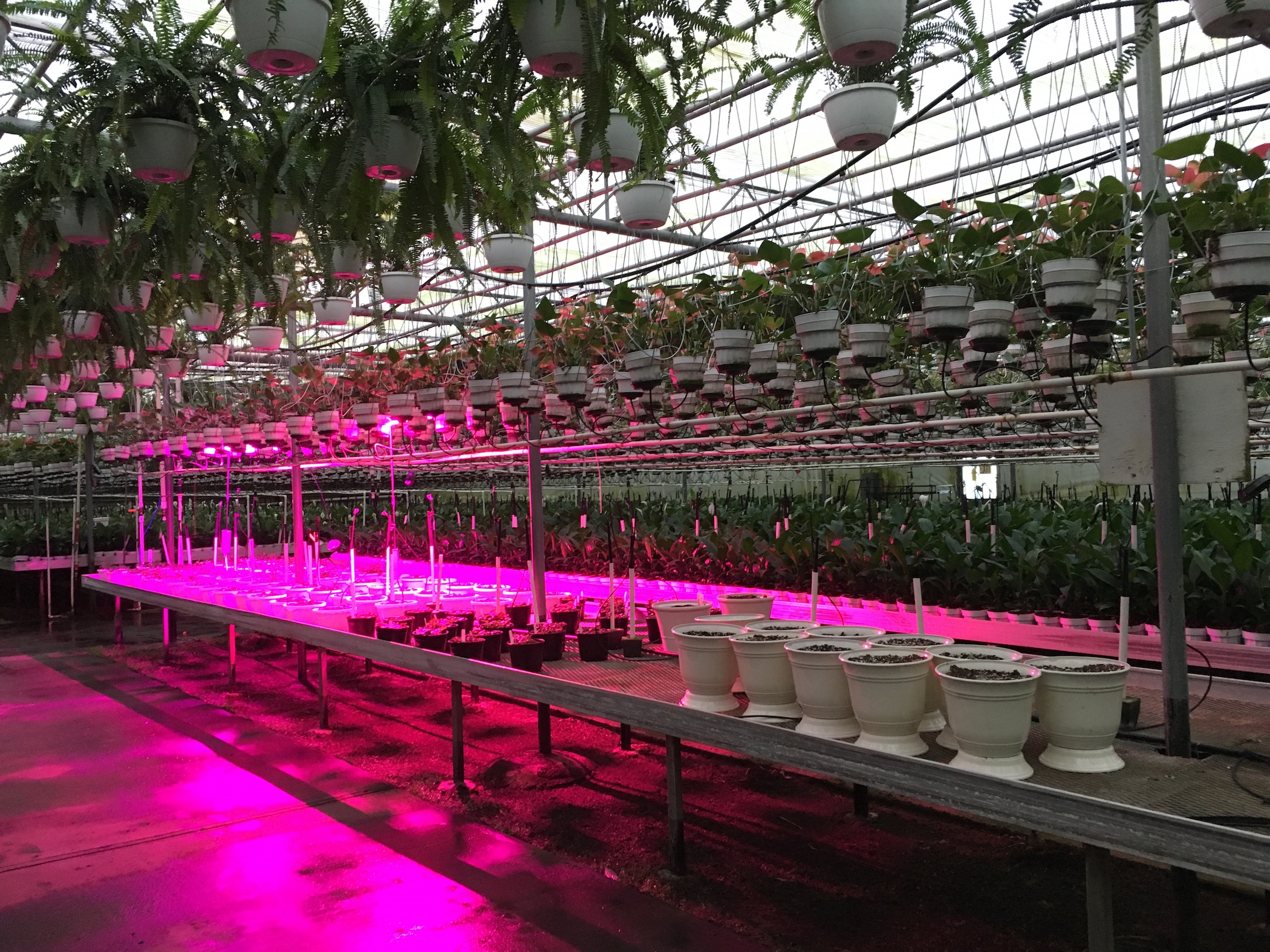
Originally published by GE Current, a Daintree Company
Dominik Neisser has horticulture in his blood. His parents had a greenhouse in Germany while he was growing up and maintain it to this day, laying the foundation for a life spent studying and growing plants across the world. “This is how I was born and raised,” Neisser said. “I was always with plants and got to know the business around it, so I decided to join that branch and go into horticulture.”
Continue reading Small Test, Big Results: LED Grow Lights Help Bloom Show-Stopping Plants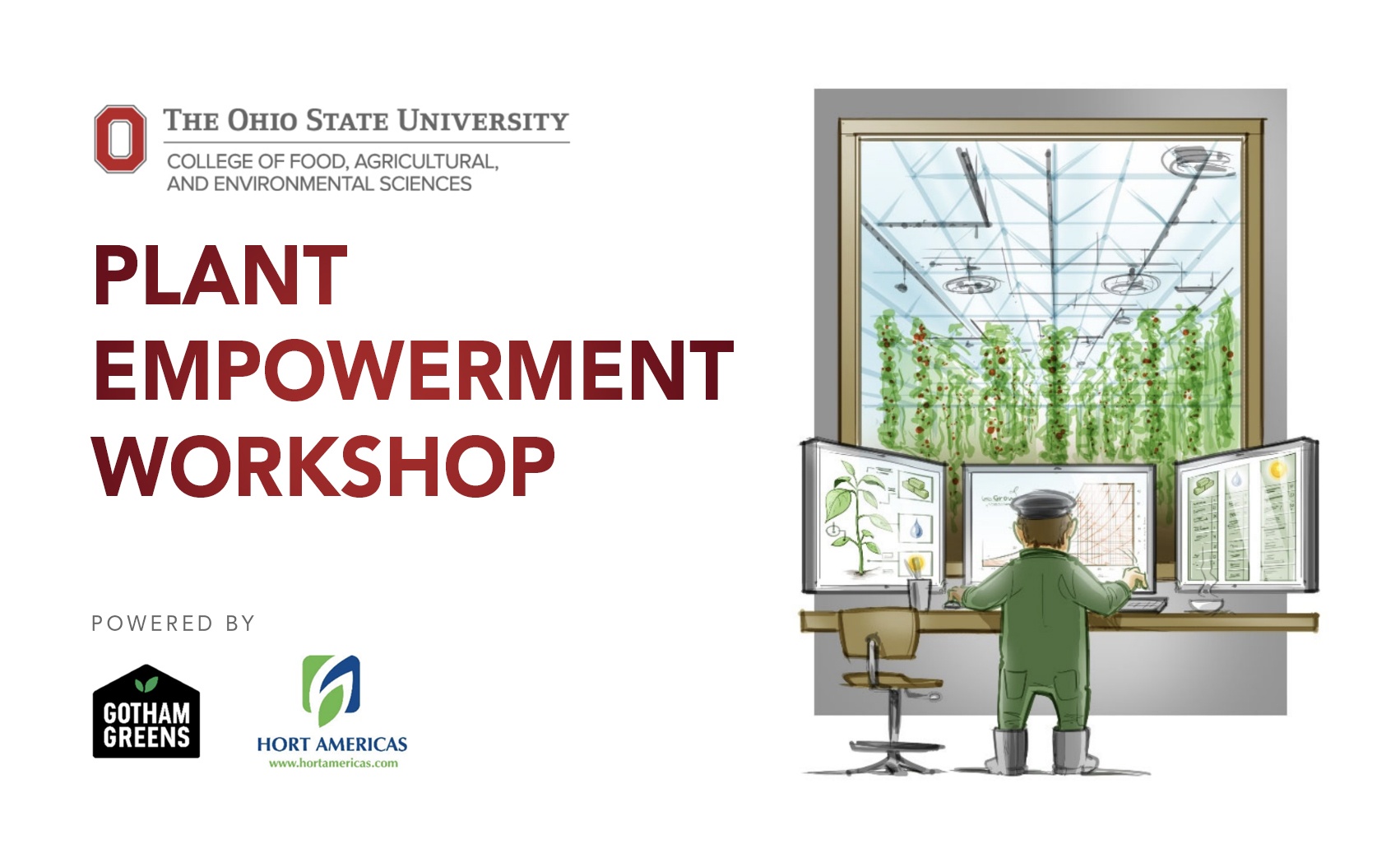
The Ohio State University, in partnership with Gotham Greens and Hort Americas, will be organizing the Plant Empowerment Workshop Online on July 9-10 , 2020 (10am – 2:30pm EDT).
Continue reading The Ohio State University Empowerment Plant Workshop, July 2020 – NOW ONLINE
Authored by Robert Spivock, Director of Technology, GE Current, a Daintree company
In our last GE Current article, we talked about reliability as the concept of building a quality product to last over time. The next step is to look at how to build reliable LED fixtures.
Continue reading How to Build a Reliable Horticulture LED Fixture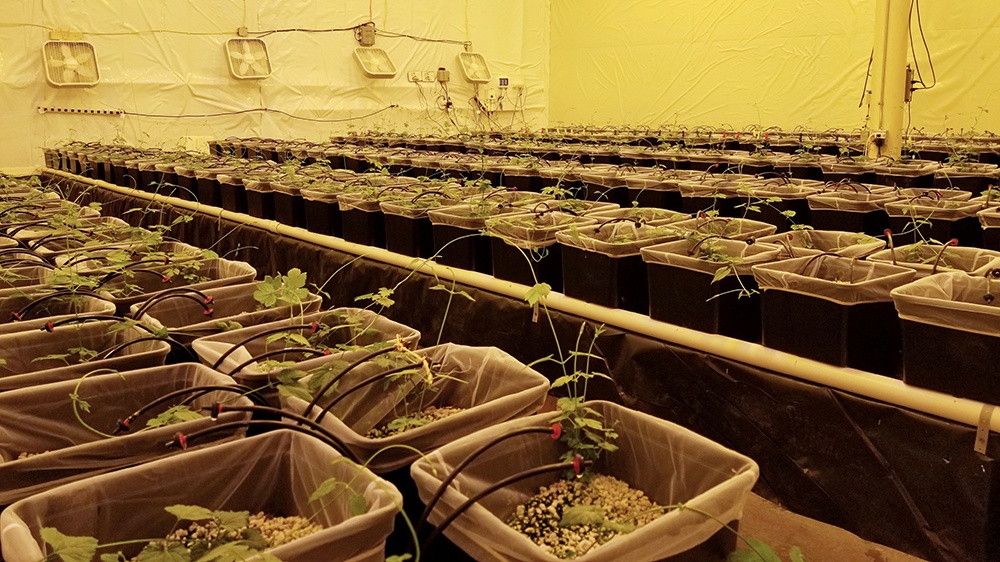
By Deidre Hughes
When you think of hydroponically grown crops, hops may not be the first thing that comes to mind. But innovators Corey and Laura Rickman have a dream, and Hort Americas is helping them along the way. With the craft beer industry growing all over the country there is a demand for wet hops in beer production. However, traditionally hops have been grown outdoors in the North Pacific region. Wet hops or fresh hops have a very short shelf life, and they need to be shipped overnight to make it to breweries across the US. This can be quite expensive. The Rickman’s started thinking, what if they could be the supplier to the numerous breweries that are local to the Dallas/ Fort Worth area? What if they could have multiple harvests a year by controlling the environment? That idea started Dallas HopWorks.
Continue reading Breaking boundaries with indoor locally-grown hops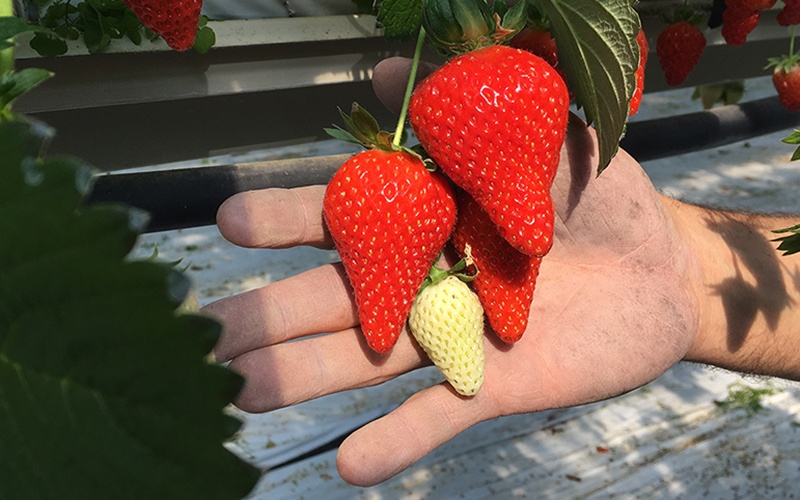
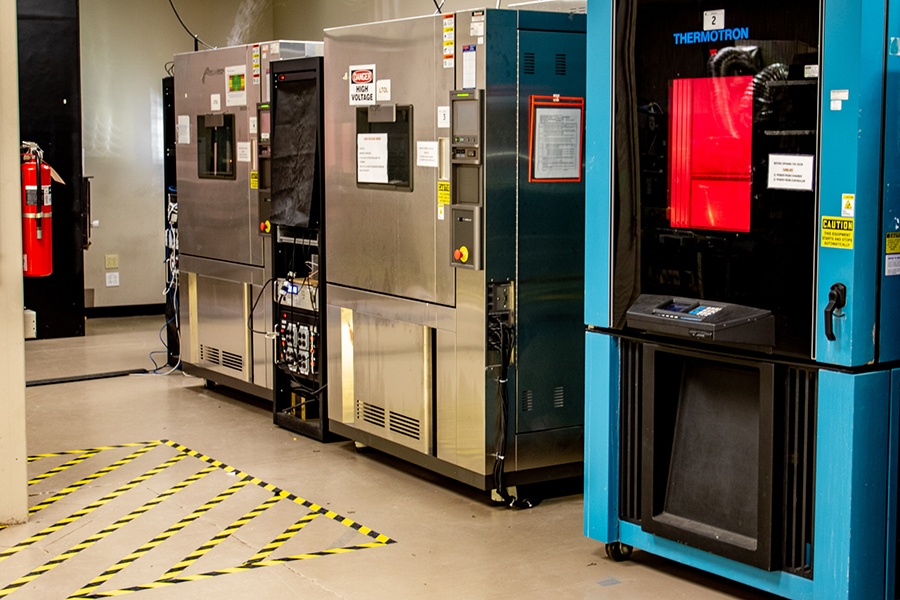
Photo: The Accelerated Product Life Test Labs at Current
Authored by Robert Spivock, Director of Technology, GE Current, a Daintree company
Continue reading Changing the Definition of LED Reliability in Horticulture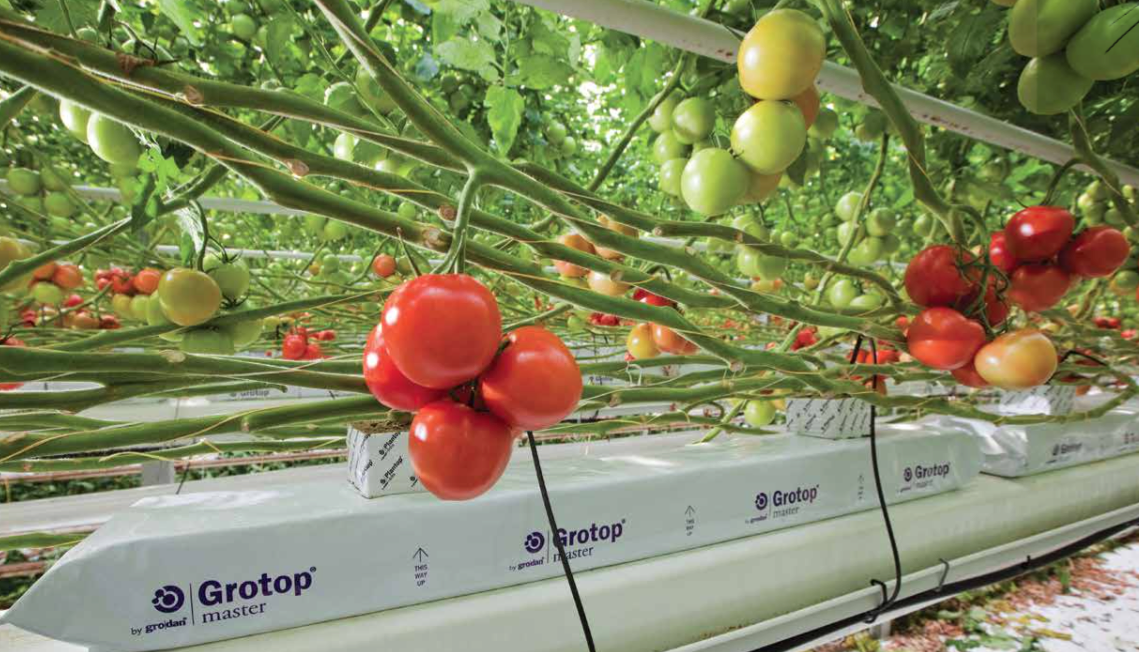
By Karla Garcia and Deidre Hughes
Substrates are a key element in hydroponic systems. As growers, we must learn the needs of the hydroponic system and crop. Crops and hydroponic systems demand particular characteristics from growing substrates.
Continue reading Mastering the use of Substrates in Hydroponics
In horticulture there are always challenges when growing a crop. One of the most common challenges faced by growers is the risk of pest incidence on their crop. But, how can we prevent pests? How can we control an infected crop?
Continue reading Mastering Crop Protection: Integrated Pest Management Strategies for CEA

By Karla Garcia and Deidre Hughes
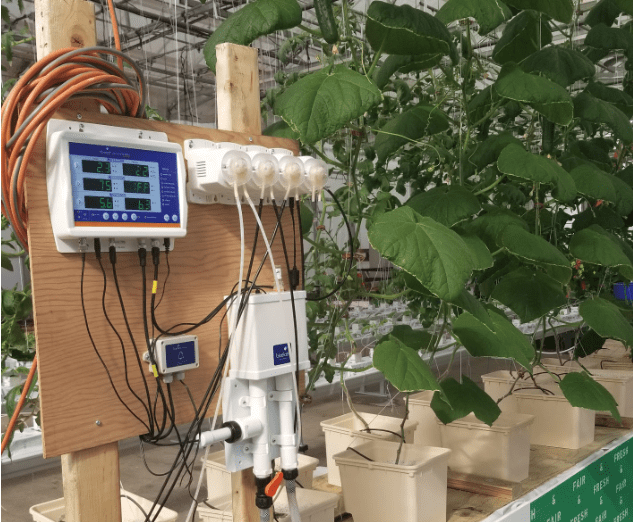
By Deidre Hughes
A too often overlooked aspect of hydroponics is the importance of maintaining a steady and proper pH in your nutrient solution. One whole number increase or decrease in pH (ex. 6.0 to 7.0) is actually ten times either more acidic or more alkaline depending on which direction the number moves. The pH scale ranges from 0-14 with 0 being the most acidic, 7 being neutral and 14 being alkaline. Most plants thrive in a pH between 5.5 and 6.5. This is because the pH affects nutrient uptake by a plant’s roots. A lower (acidic) pH can affect the availability of Mg, P and/or Ca. On the flipside, a higher pH (alkaline) can affect the availability of micronutrients such as Fe (iron), Cu (copper), B (boron), Zn (zinc) and Mn (manganese). Certain plants have greater need for specific elements, therefore, will have a pH “preference”. Before planting a crop do proper research to determine what the needs and recommendations for your crop are. Then adjust, monitor and maintain your pH for consistent growth.
Continue reading Nutrient Solution Monitoring with Bluelab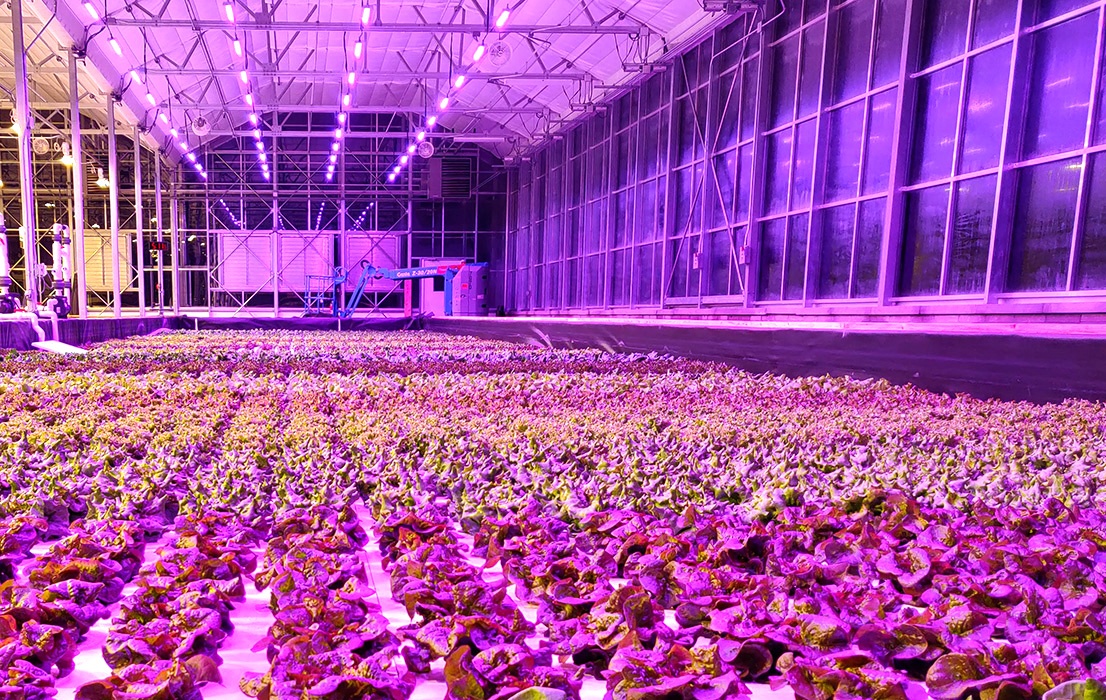
All crops have specific light requirements. By knowing minimum and optimum levels of light for our crop we can manage our environment to improve crop performance. When the ambient light exposure is below the minimum requirements we need to apply supplemental lighting in order to maintain our crop production at a healthy and consistent pace.
Continue reading Mastering Light Management: Optimizing Crop Performance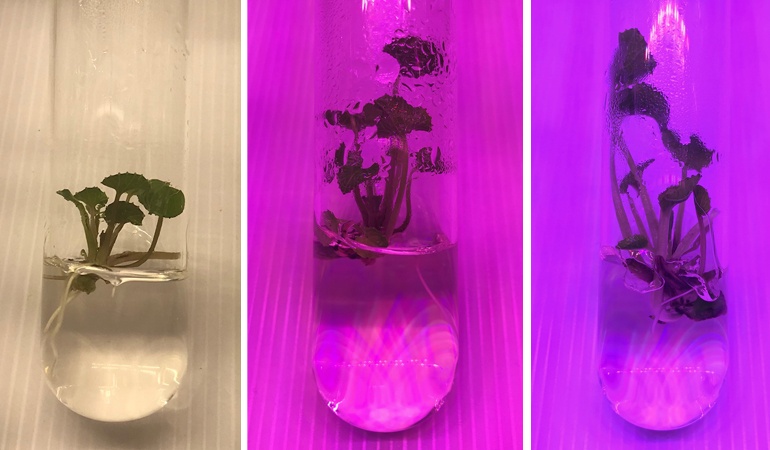
The “Hardest to Grow” Plant in the World
Wasabi Japonica is widely accredited as the “hardest to grow” plant in the world. The plants are native to Japan and require a very specific set of environmental conditions to successfully produce healthy plants.
Continue reading Wasabi Japonica Grown Under GE LED Grow Lights
By Karla García, Hort Americas Technical Services
Disease management in both traditional and controlled environment agriculture is as old and complex as the practice itself. In controlled environments disease can spread quickly and lead to significant losses if not properly managed. This first installment of our mastery series discusses how to recognize, control and prevent powdery mildew in leafy greens. Continue reading Mastering Disease Management: Powdery Mildew in Leafy Greens

By Karla García, Hort Americas Technical Services
All people in sports business know how important is to maintain turf grass of sports fields in perfect shape. To achieve this, different products are applied in order to provide all the nutrients and protection to turf grass. However, maybe we are missing a very important aspect.
Continue reading How to get perfect turf grass for your sports field with the best lighting technologies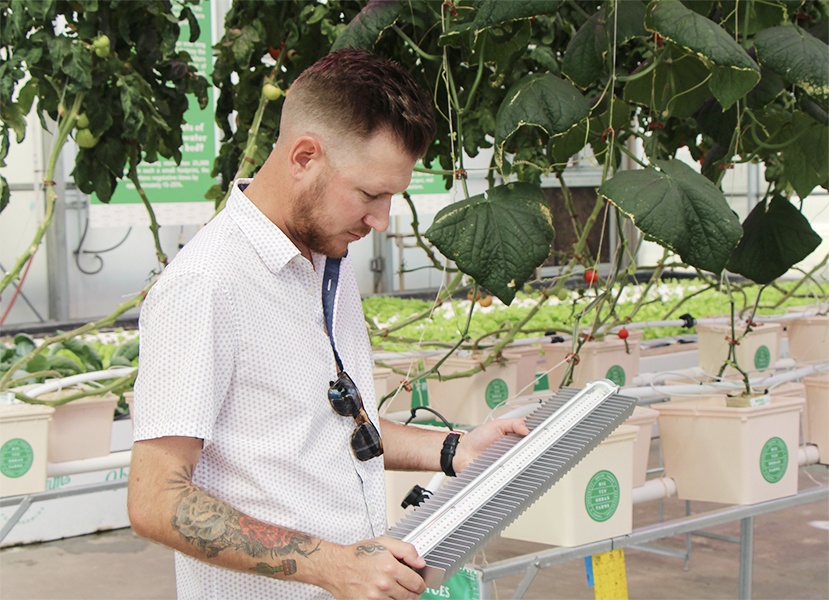
We all know light is one of the most important factors affecting plant growth and development. But, how can we know if the use of artificial lighting will improve our production and our income? And how can we select the best source of light?
Continue reading When should I invest in artificial lighting? How do I select the best lighting options?